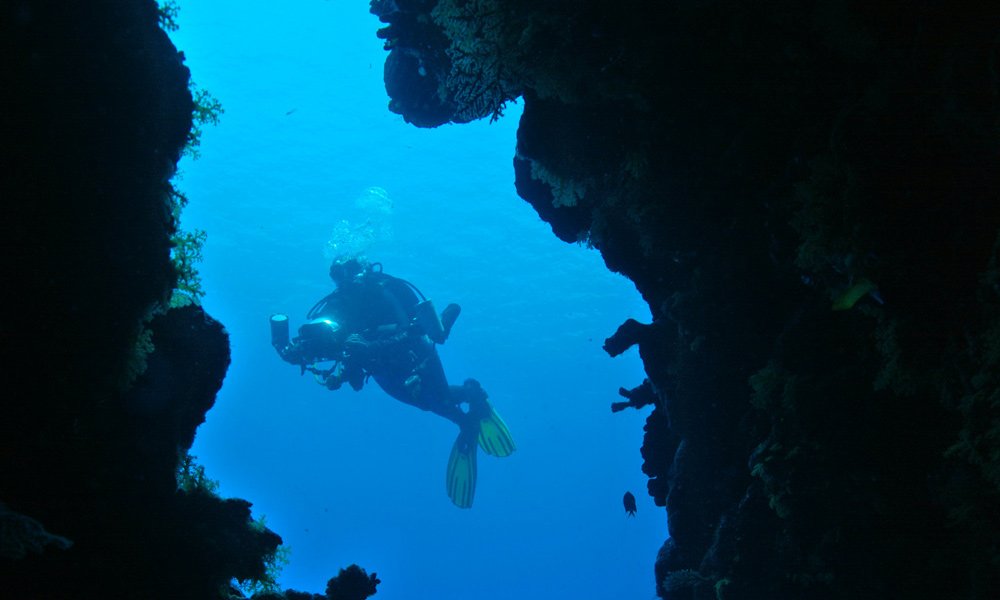The Coral Sea – an Australian marine park
The Coral Sea Marine Park is a vast blue wilderness of dramatic underwater seascapes, extraordinary creatures and complex ecosystems.
At just under a million square kilometres it’s one of the world’s biggest marine protected areas — three times larger than the Great Barrier Reef Marine Park.
“The Coral Sea is renowned for its extraordinary environment and near pristine condition. Protected as an Australian Marine Park, we can help ensure the Coral Sea’s marine wildlife will thrive for future generations to appreciate.”
~ Sally Barnes, former Director of National Parks ~
Did you know?
- At 989,842 square kilometres, the Coral Sea Marine Park covers almost twice the area of Spain.
- It protects 56 cays and islets and 34 coral reefs.
- It’s an important refuge for 341 species that are internationally recognised for their conservation significance.
What makes the Coral Sea Marine Park so special?
The Coral Sea Marine Park is one of the world’s most pristine and visually spectacular oceanic areas, hosting raucous seabird colonies on isolated coral cays amid crystal-clear waters.
It’s also home to an amazing array of other creatures, including:
- six of the world’s seven sea turtle species
- sharks, barracuda and the only known spawning group of black marlin in the Pacific Ocean
- humpback whales
- unique coral communities, quite distinct from those of the Great Barrier Reef.
Part of a national system
Australian Marine Parks surround our continent, from the tropical waters of the Coral Sea to Ningaloo in the west, Norfolk Island in the east and the sub-Antarctic Southern Ocean waters around Macquarie Island.
Of Australia’s nearly 14 million square kilometres of offshore waters, over 2.8 million square kilometres are protected in our marine parks.
Discovery and protection
As well as helping people to experience and enjoy the natural environment, managing a marine park involves ongoing:
- research and exploration
- responding to environmental challenges
- looking after these special places through plain old cleaning up.
 A diver exploring the Coral Sea.
A diver exploring the Coral Sea.
In June 2016 a team of staff and volunteers from Parks Australia, CSIRO and environmental groups collected over 2 tonnes of rubbish during a 12-day voyage in the Coral Sea Marine Park, everything from plastic bottles and fishing nets to a toy piano and a bar fridge.
Scientists on the voyage also recorded over 120 species of plants, insects and marine creatures there for the first time, including some species new to science.
People and technology
With a range of scientific and compliance partners, Parks Australia uses a variety of cutting-edge technology including acoustic sensors, deep-sea floats, baited cameras, autonomous underwater vehicles, and remote-sensing satellites.
This technology helps us monitor how our parks are being used.
It also helps us better understand what lives in our marine parks, and why.
Explore it for yourself
Whether you want to dive, fish, snorkel or just have an unforgettable wilderness experience, the best way to visit the Coral Sea Marine Park is by charter boat.
These trips set off year round from Cairns, Port Douglas, Mackay and sometimes Townsville.
Discover more
Find out about:
Download the Coral Sea — An Australian Marine Park storysheet .
Learn about your marine parks
Stay in touch
Subscribe to receive important updates about your marine parks. Enter your email address and click "join now".








